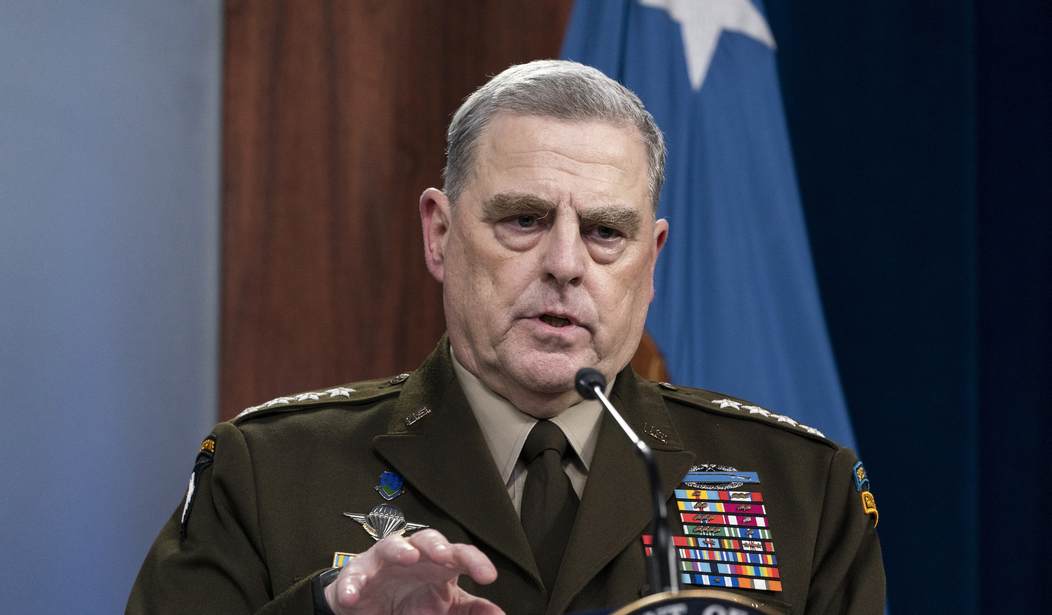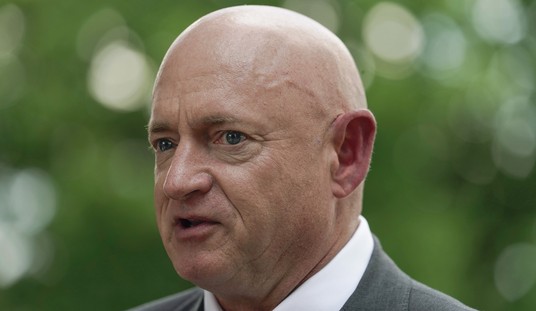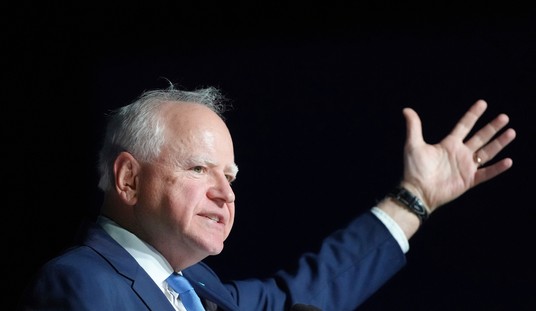There’s no denying the huge drop-off in military recruitment. Every service is suffering and statistics show a worrying shortfall of as much as 40% for FY 2022.
Defense officials blame the slump on two causes: teen obesity rates and the tight labor market. It’s true that in the past, recruitment has been tied to the employment situation in the country. When times are tough, young men gravitate to the military. But that doesn’t explain the shortfall of 28,000 recruits for the army. The unemployment rate today sits at 3.6%—roughly the same as in 2019. Yet in 2019, the Army exceeded its recruiting goals.
The obesity rate has gone up slightly during the pandemic, but not enough to account for the lag in recruitment. A former U.S. Army armor officer and a board member of Vets on Duty, an advocacy organization, Jimmy Byrn, writes in the Wall Street Journal that only about a quarter of America’s youth meet current eligibility standards—and recent surveys show only 9% are even interested.
So what is it?
On his first day in office, President Biden rescinded a Trump-era executive order banning critical-race-theory training in the military. The changes made by senior commanders were nearly immediate. Defense Secretary Lloyd Austin mandated that every military unit conduct a “stand-down” to confront “extremism in the ranks.” The chief of naval operations, Adm. Mike Gilday, added Ibram X. Kendi’s “How to Be an Antiracist” to his professional reading list for sailors—never mind the book’s endorsement of racial discrimination and its charges that the institutions troops swear to protect are systemically racist.
Added to the mix has been divisive gender activism. The Navy has mandated gender-sensitivity training, and released a video encouraging sailors to closely police the use of pronouns as well as everyday language, declaring that those who fail to comply aren’t “allies” of their fellow sailors. Not only have such measures affected unit morale, according to some service members, they’ve also amounted to a form of antirecruitment for prospective enlistees. The Pentagon is appealing to activists at the expense of those most likely to serve.
Is it just a coincidence that the military draws a large proportion of recruits from more socially conservative states? “South Carolina, Florida, Alabama and Georgia each contribute more than 30%—some as high as 50%—of their share of America’s 18- to 24-year-old population to military service,” writes Byrn. And military members are more apt to vote, and their vote skews heavily Republican.
Related: Priorities: U.S. Military Base Is Hosting a Drag Show
But the military’s recent embrace of woke politics has resulted in a fall off in political support from Republicans and independents. A survey from the Reagan Institute found that since 2019 those who have “a great deal” of confidence in the military fell from 70% to 45%, “with the largest decline—34 points—occurring among Republicans.”
One of the reasons the military has been among the most trusted institutions in America in recent decades is that it stands apart from the rest of society. It is governed by values such as selflessness, courage, patriotism and sacrifice—not racial discrimination or activist politics. A military that appears to abandon its apolitical role will have a harder time attracting large numbers of warriors and patriots to its ranks. Welcoming woke policies under a warped idea of inclusion may serve to exclude those who are traditionally more likely to serve.
It’s a sad fact that the military leadership is beholden to an agenda that will allow them to advance up the ranks. And you don’t achieve high rank by rocking the boat when it comes to the pet issues of the top brass.










Join the conversation as a VIP Member